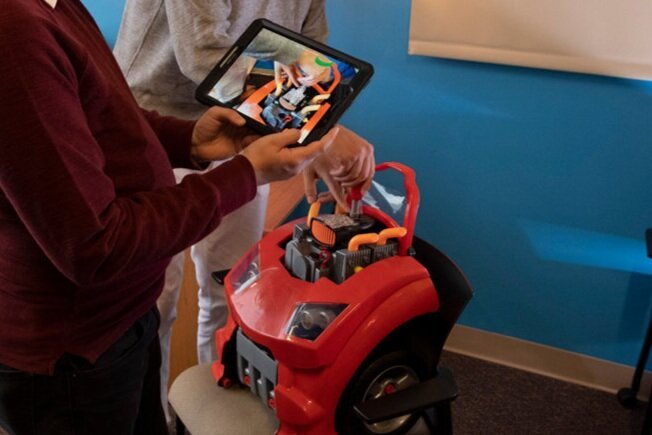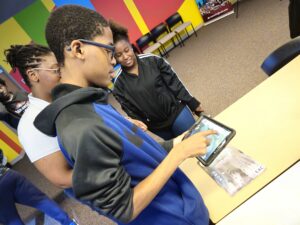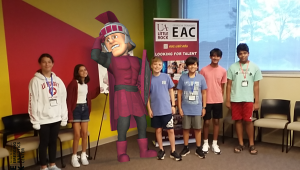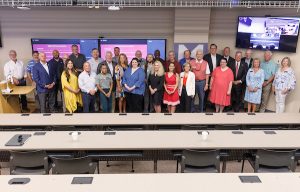November 6, 2019

Despite the recent drumbeat talking down the value of college education over cost, the statistics are clear: Pricetag notwithstanding, a college degree still provides a range of advantages that those without a degree generally don’t enjoy.
Most people have heard about the lifetime earnings disparity between those who hold a degree and those who don’t, but it is significant enough to bear repeating. A national report by the State Higher Education Executive Officers Association showed high school graduates earn an average of about $30,000 per year while bachelor’s graduates earn an average of just over $50,000 a year and advanced degrees translate to roughly $70,000.
But as educationcorner.com notes, college not only equips young people with the skills they need to get a job. Merely completing college demonstrates to potential employers a graduate’s work ethic and time-management skills, not to mention the networking opportunities and personal growth the college environment can provide.
Having said all of that, it’s important to pay attention to what’s in demand in the marketplace when choosing a college and major. SAVVY Kids polled several Central Arkansas institutions of higher learning to get a sense of what degrees are in demand, and what it takes to complete them.
…
University of Arkansas at Little Rock
One unique area of study at the University of Arkansas Little Rock is the George W. Donaghey Emerging Analytics Center, one of very few departments of its type anywhere. The EAC is led by Dr. Carolina Cruz-Neira, executive director, who is one of the preeminent authorities in the field of virtual and augmented reality.
Students enrolled at the EAC don’t just work with this technology, Cruz-Neira explained; they also create entirely new applications.
“The EAC is actually a very unique facility, because it has a very wide range of virtual and augmented reality technologies,” she said. “Several of the ones that we have, we have developed ourselves based on the different applications and collaboration that we have.”
Student participation in this field of study has grown rapidly since the EAC opened in 2013. That first year, only two students were enrolled, whereas now it’s home to more than 50, each of whom gains hands-on experience from the get-go on projects for industrial and state and federal governmental applications.
“We work with a wide range of students at different levels of their education; we have anywhere from freshman-level undergraduate students all the way to Ph.D. and post-doctorate level students,” Cruz-Neira said. “All of these students, even the undergraduates, perform research from the very first day that they join us. They are all funded, and they all have different types of scholarships and hourly research positions with us.
“It’s an integrated research environment that gives the students very advanced, unique skills that they don’t get in a regular classroom.”






